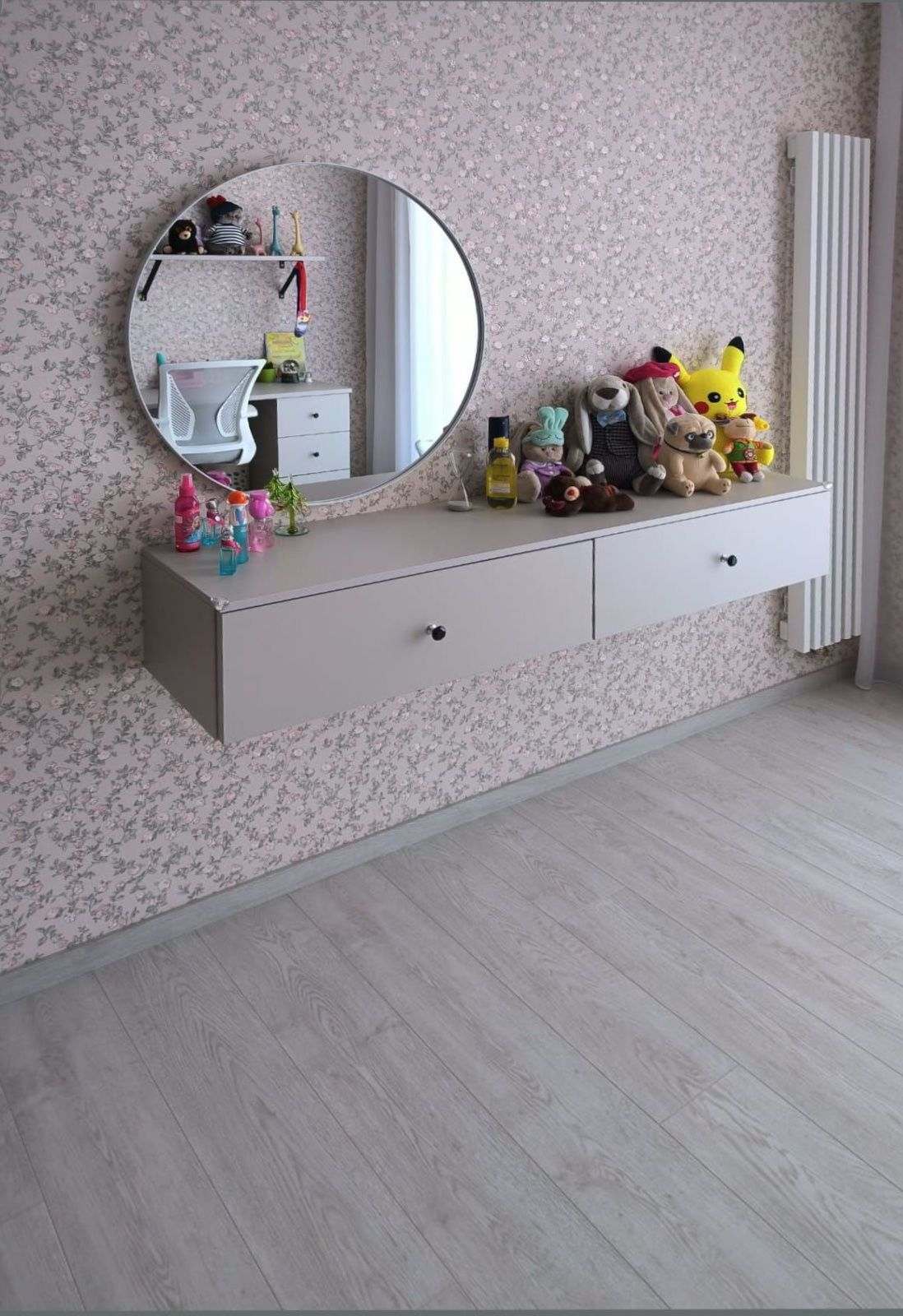
Culinary Spaces Redefined
Introduction to the Evolution of Culinary Spaces
The kitchen, once a purely functional space dedicated to meal preparation, has undergone a significant transformation in the modern home. Culinary spaces are no longer hidden away but are now central features of interior design. The redefined culinary space merges functionality with aesthetics, serving as a symbol of lifestyle and a hub for social interaction.
Innovation in Kitchen Design
Design trends have shifted to accommodate the multifaceted role of the kitchen. Innovative layouts now incorporate open-plan concepts, connecting the cooking area with living spaces. Modern kitchens boast smart appliances, sustainable materials, and ergonomic designs that reflect the homeowners' personalities. The integration of technology has also streamlined the cooking experience, making it more efficient and enjoyable.
The Rise of the Social Kitchen
Culinary spaces have evolved to become the social heart of the home. Islands and breakfast bars encourage family and friends to gather and participate in meal preparation. Seating areas and beverage stations foster a casual atmosphere for entertainment. The concept of the social kitchen acknowledges that cooking is a communal experience, blending culinary arts with meaningful human connection.
Culinary Spaces in Commercial Settings
Restaurants and eateries have also embraced the idea of open culinary spaces. Exhibition kitchens allow patrons to observe chefs at work, creating transparency and adding to the dining experience. Such layouts invite interaction between chefs and customers, breaking down the barriers of traditional restaurant dining and adding an educational and entertaining dimension to the meal.
Home Cooking Meets Professional Standards
As home cooks become more sophisticated, there is a growing demand for professional-grade appliances and tools in residential kitchens. High-performance ranges, precision knives, and specialized gadgets enable home chefs to experiment with advanced techniques, further elevating the status of the home culinary space as a domain for both creativity and skill.
Flexible Spaces for the Modern Lifestyle
Today's culinary spaces must also be flexible, catering to the diverse needs of modern living. Multi-purpose fixtures, adjustable lighting, and modular storage solutions allow homeowners to adapt their kitchens for work, play, or relaxation. This flexibility transforms the kitchen into a genuinely multi-functional environment capable of hosting a range of activities beyond cooking.
Culinary Education and Collaboration
Cooking schools and workshops have redesigned their spaces to encourage education and collaboration. Communal tables, interactive cooking stations, and open layouts facilitate hands-on learning and communal dining experiences. These spaces are built with the idea of knowledge-sharing and the celebration of culinary culture at their core.
The Future of Culinary Spaces
As we look to the future, culinary spaces will continue to adapt to the needs and technologies of the times. From voice-activated appliances to AI-driven cooking assistants, the potential for innovation is limitless. The kitchen will remain a canvas for personal expression and a testament to our ever-evolving relationship with food and cooking.
Conclusion
The redefinition of culinary spaces reflects a broader cultural shift towards recognizing the importance of food in our social and personal lives. Embracing change and innovation, these spaces continue to serve as a source of nourishment, comfort, and connection. As kitchens and dining areas evolve, they remind us that the act of cooking is about more than sustenance—it is an art form, a social bond, and a cornerstone of home and community life.